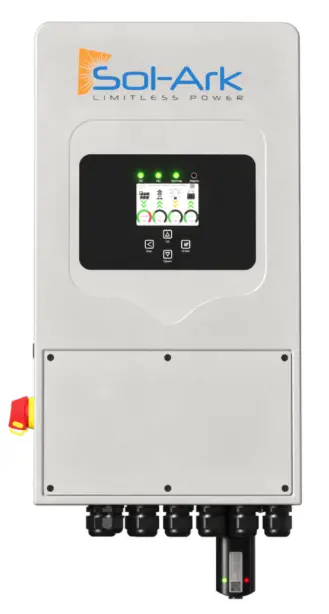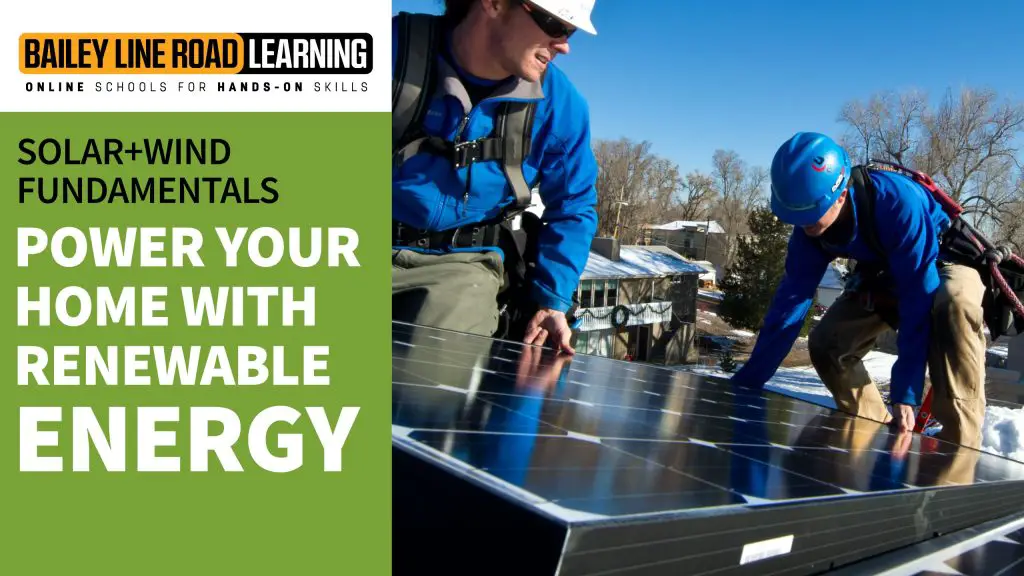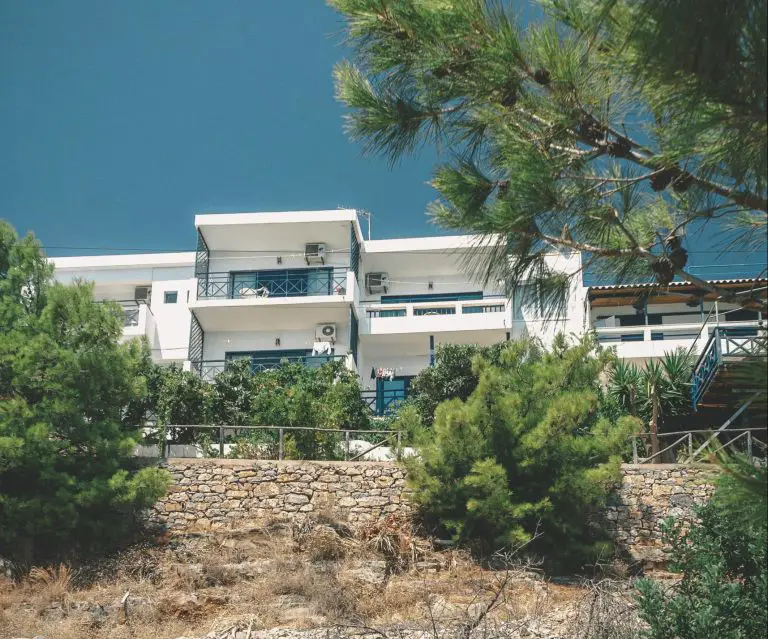- Video Watch Time = 5 minutes
Have you ever thought of selling your own off-grid electricity back to the grid? This article is my answer a student’s question about how this is possible in many areas. Greg was in a previous session of my online course POWER YOUR HOME WITH RENEWABLE ENERGY and he had the kind of off-grid energy plan that many people aspire to: generate power on site for household needs, then sell the excess back into the grid. Here’s our interaction . . .
Feeding Power Back Into the Grid
Greg: How do I determine the equipment I need for a grid-tie solar panel system to compensate for my household energy use? I don’t want to use batteries in this system because I want to keep things simple. My current electrical use is about 800 kilowatt-hours (kWh) per month from my utility bills.
Steve: “Grid-tie” means a private electrical system that’s connected to the utility system with the ability to feed into the grid, and whether or not this makes sense for you depends largely on the sun conditions where you live and bureaucratic conditions in your area. And not just the sun conditions at one point in the year, but the conditions as they vary across the year. Here’s what I recommend . . . in a sense, you should think of the grid as a kind of big battery that you can draw from as needed. The thing is, if your system does not have batteries, you’ll experience a blackout whenever the power goes down. Without grid power you won’t have access to your home-produced power. This is the case in many homes with off-grid power systems in California, for instance. Here’s how to proceed . . .
Step#1: Identify the local bureaucratic situation as far as tying back into the grid goes. You want to find out for sure if this is allowed where you live, and if your power meter is the kind that can run backwards in your favor. Most places are okay with this, but you need to find out for sure. Some places say “no”, others say “yes, but will only credit you a small amount of money for your power”, or “yes, and we’ll pay you the market rate for your power.” I know a man who lives near me and he has a substantial wind turbine at his place. Even though he uses lots of electrical power on his property, the grid-tie power he generates either completely covers his personal power consumption from the grid, or he sometimes gets a small payment. Interestingly, this man finds a wind turbine to deliver more bang for the buck than solar panels. His system is wind-only and has been enjoy $0 power bills for years.

Step#2: Identify the kind and size of inverter you need. That’s a grid-tie inverter above and this is essential. There are many different models available. Missouri Wind and Solar is one of my favourite suppliers of off-grid energy hardware like this inverter (and lots of other stuff you’ll need). Devices like this convert the direct current (DC) power produced by solar panels and turns it into alternating current (AC) of the kind that comes out of a wall outlet. This inverter would be the kind that can connect to the grid (not all models can), and it would need sufficient capacity to handle the flow of electricity from your panels into the grid. 800 kWh divided by 30 days per month equals about 27 kWh per day on average. Assuming 10 hours of some kind of sunshine per day, that works out to 2.7 kilowatts going into the grid each hour on average – at least in theory, anyway. In practice, depending on the sun and cloud conditions where you live, you will probably need to put energy into the grid at a faster rate than the 2.7 kWh sometimes, to make up for times when it was cloudy. So, in this sense, you need to take something of a guess. I’m thinking that a 5000 watt grid tie inverter should be sufficient, with solar panels to match. In this case, the figure “5000 watts” refers to the maximum flow rate of energy that it can handle full blast. Grid-tie inverters not only allow a connection between your power production and the grid, but the inverter also uses the voltage and frequency of the grid to adjust the voltage and frequency of your power so it matches the grid exactly.
Step#3: Determine the wattage of panels you need. This also requires something of a guess, but the guesswork is risk-free. Here’s how the process works . . . If you need to average 2.7 kWh of power going back into the grid 10 hours per day, then you’ll need something more than 3000 watts of panel capacity. How much the “something more” works out to depends on exactly how much power you use, and how much real-world sun you get. It’s not easy to be precise about this at the planning stage, but there is an approach that makes sense. You could start with, say, 3000 watts of panel capacity, then see how it goes. You can monitor how much energy you produce versus how much you consume from the grid, then add more panels until you reach a balance that you like. You’ll certainly need more than 3000 watts of PV capacity in the final analysis, and watching the balance between usage and production will tell you how much more.
Does this make sense? If this were my situation, I’d definitely make it a point to find people in your area doing this kind of installation and begin to learn from their experiences. This is always the best way to learn in any venture. It will give you confirmation about all the things you’ve determine in these three steps, and you’ll get valuable tips on equipment choices that make sense where you live, and the various challenges you’ll face and how to overcome them. When it comes time to choose specific pieces of equipment, you and I can talk about that then.
The video below comes from my online course POWER YOUR HOME WITH RENEWABLE ENERGY, and it explains one of the main planning steps for any off-grid system, namely, how much energy you need to produce. Use the coupon code BONUS30 to get $30 off course fees.














